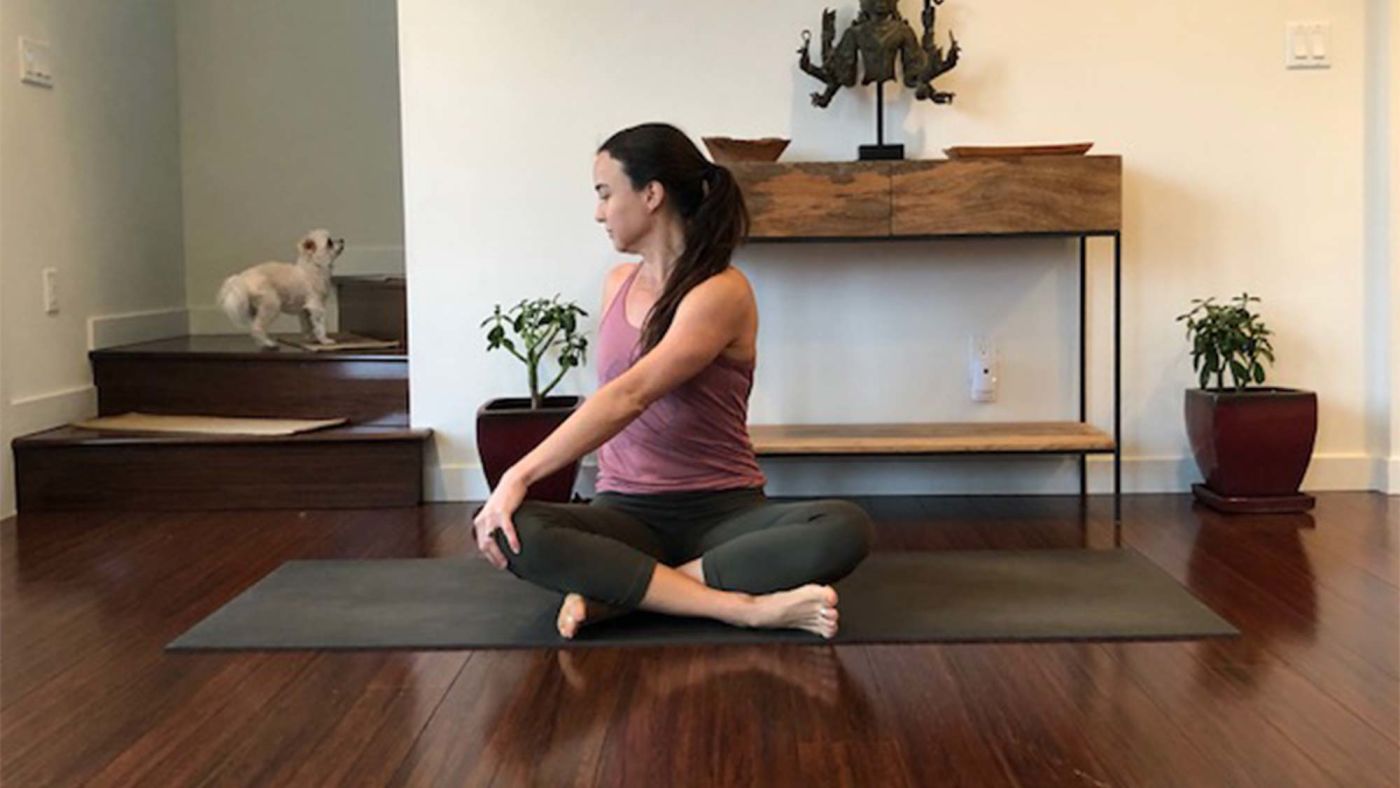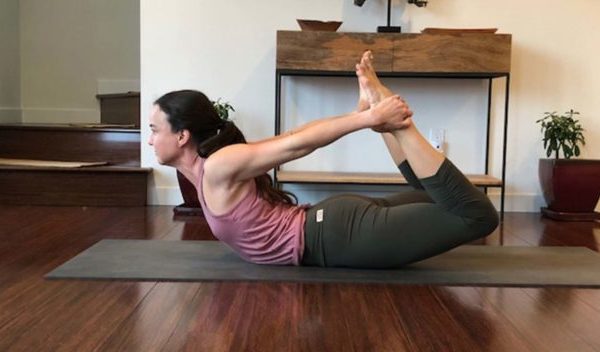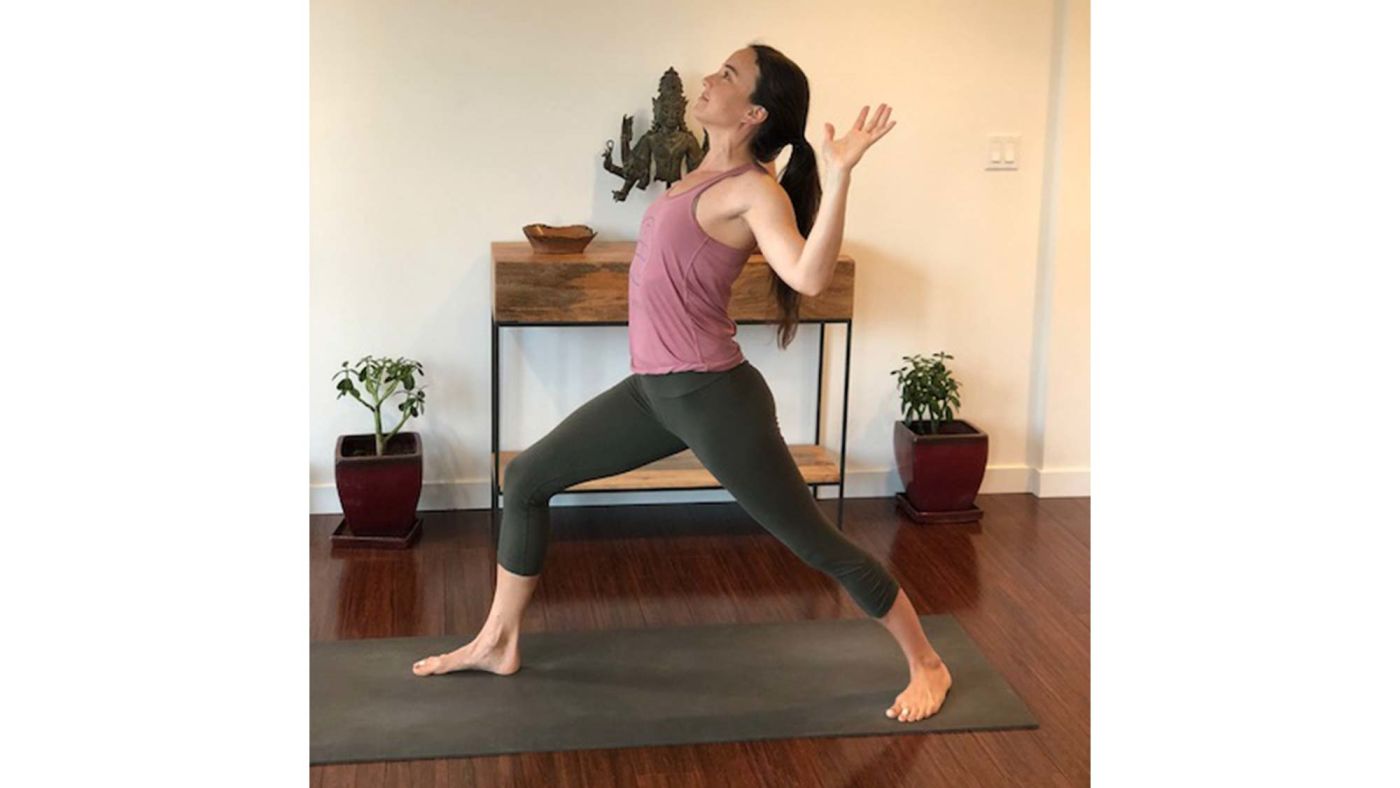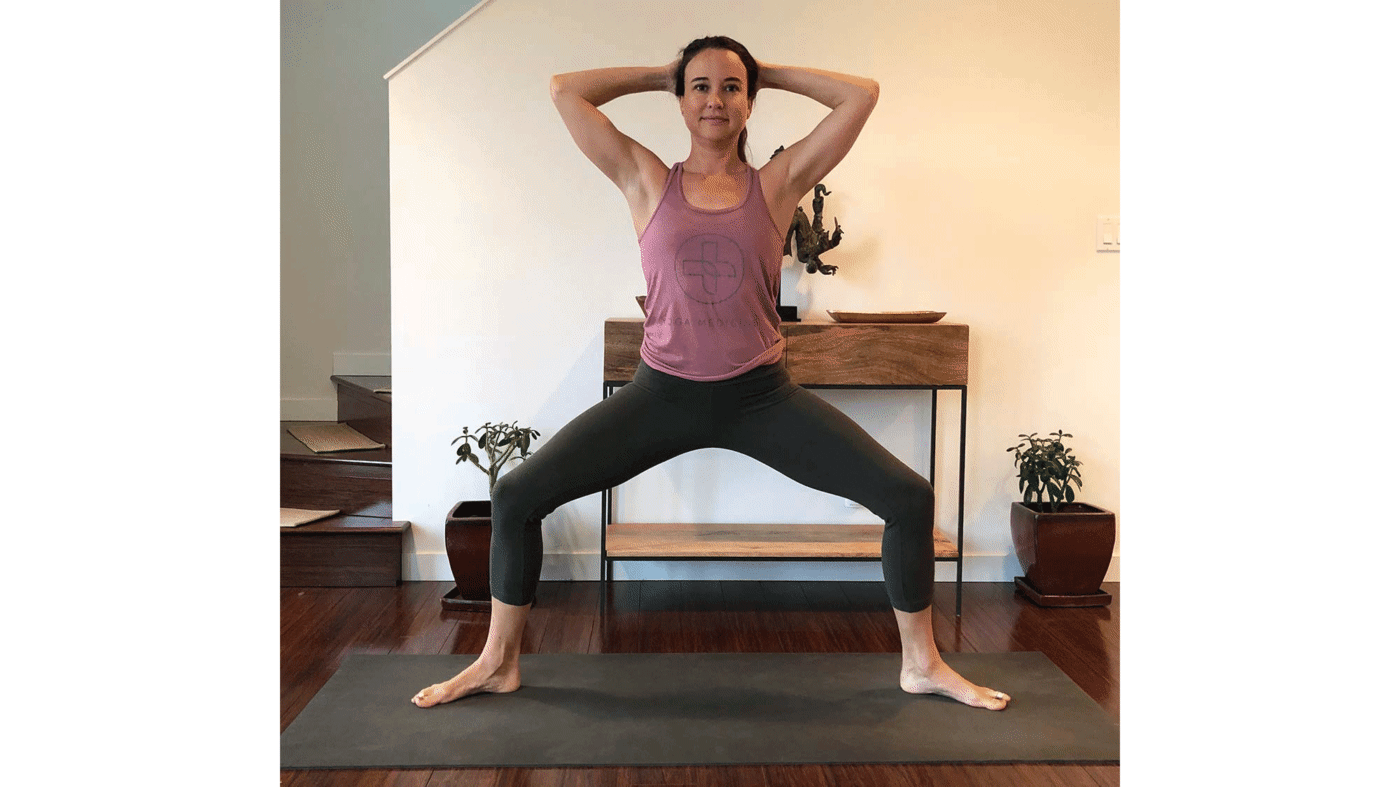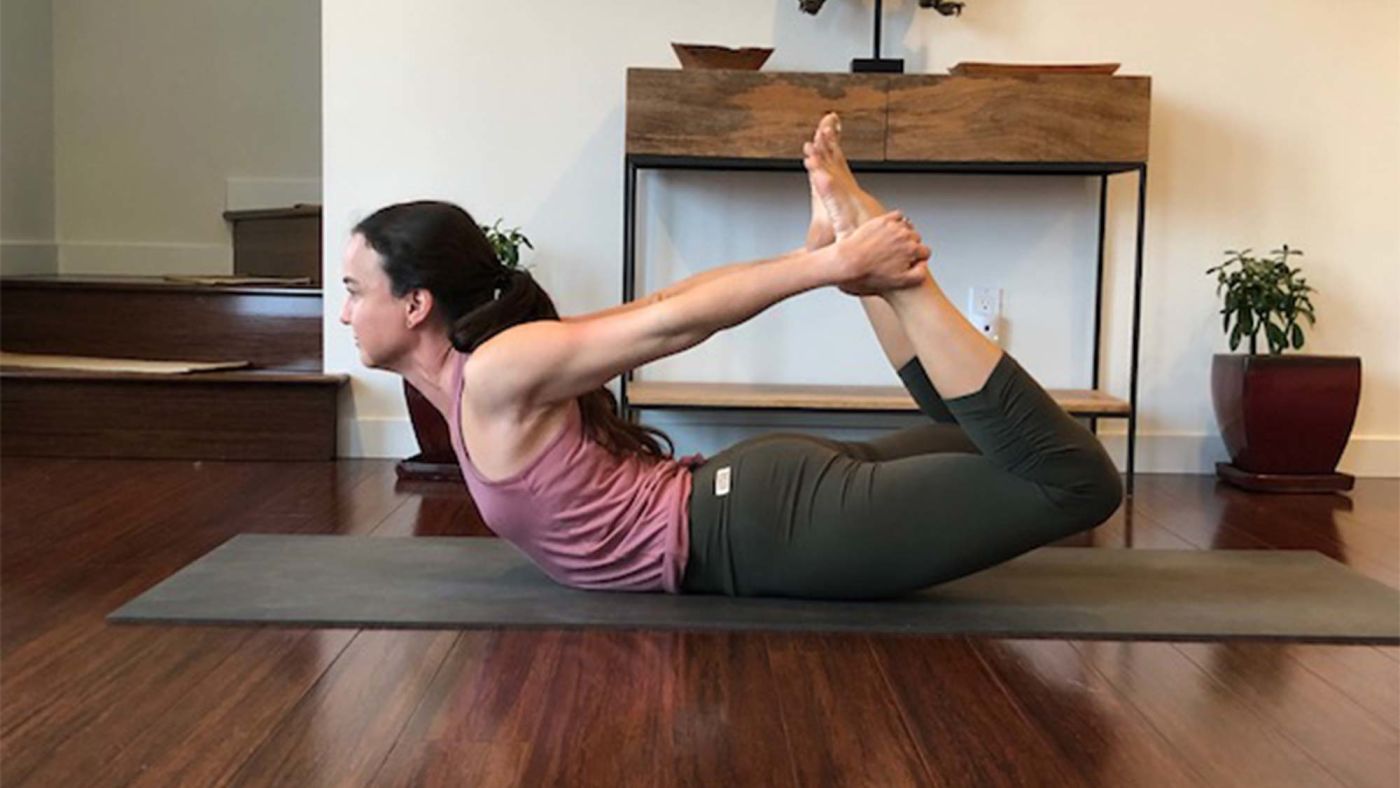Articles, In the Press, Resources, Tiffany Cruikshank, Yoga Medicine® News
Seasonal Depression: Chinese Medicine Yoga Sequence
Traditional Chinese Medicine Inspired Routine for Seasonal Depression
Spring is a time of regeneration, growth, and expansion in our bodies, minds, and in the planning of our lives. However, according to Traditional Chinese Medicine (TCM), spring can also be a time when feelings of irritability, frustration, or anger sink in, and yoga can be an incredibly effective tool to work with them.
Why We Feel Out of Balance in the Spring
In TCM, spring is associated with the wood element and an inherent sense of growth and renewal. The organs associated with the wood element are the liver and gallbladder. The liver is related to our ability to make plans and bring our goals and aspirations to life, but to do this requires flexibility in the process. Like bamboo, we must be able to bend while at the same time be strong enough to keep growing. The gallbladder represents our ability to make clear and timely decisions and the courage to carry them out.
Much like in Western medicine, in TCM, the liver and gallbladder organs are essential for our body’s capacity to process both physically (detoxification) and emotionally. In our modern-day world, the wood element (liver and gallbladder) is represented as our type A tendencies. In balance, these tendencies show up as our ability to create, cultivate, and bring our goals to life. Out of balance, they appear as stress, tension, irritability, anger, feeling stuck, restlessness, frustration, and of all the maladies that can be a manifestation of stress, in particular tension headaches, hypertension, PMS, mood fluctuations, and indigestion, to name a few.
Disharmony in the wood element can show up at any time of year, but it tends to be more predominant in the spring. With the need to move and grow, imbalance here often shows up as stagnation, so a yoga practice can be an effective way to work with this element or to help create balance.
Though there are many pathologies that can show up in the liver and gallbladder from a TCM perspective, liver qi (energy) stagnation is by far the most common. In our type A, goal-oriented society, it’s also one of the most common TCM diagnoses. Whether you work 50+ hours a week, are a full-time parent, a student, several of the above, or none of the above, you could probably benefit from a liver-focused practice to shed some of your stress, anger, and frustration.
How Yoga Can Help
The most important thing to take note of is the your quality of movement in your yoga practice. The liver thrives on smooth movement with a sense of ease. For instance, if you’re short on time, you may simply do a few slow, easy Sun Salutations to get the liver qi and circulation going. Kapalabhati pranayama is another great one when you’re short on time or don’t have your mat.
Pay close attention to the quality of your breath as well—only linger on the breath as long as there is still a sense of ease. Type A personalities usually get themselves into trouble in one of two places: moving too fast and jerky, or pushing too hard in their yoga practice. Let go of your attachment to poses looking a certain way, and focus instead on the internal quality of the pose.
As you move through your regular yoga practice this season, try connecting to a sense of free flow through the body. Look for resistant or stagnant areas and breathe through them. Spring is a great time for a group yoga class—the liver thrives on slow-flow classes to create movement and ease.
Springtime Flow to Counteract Irritability
The following practice targets the liver and gallbladder for a springtime flow to counteract irritability this season. The poses can be connected with a vinyasa for a flow-style practice, or used on their own for a more hatha-style practice. Please apply general precautions and modify to suit your body.
Pranayama-Focused Twist
